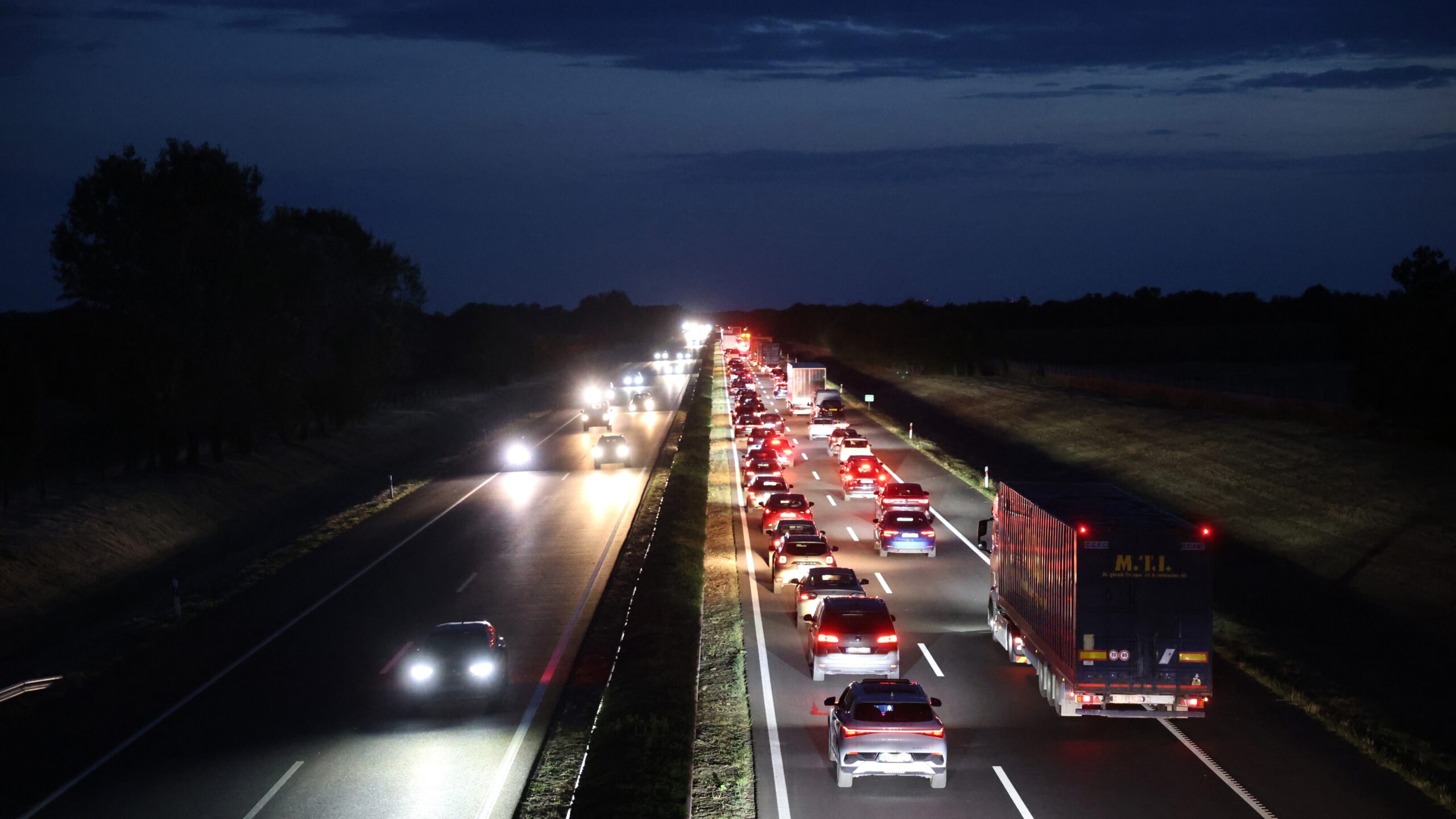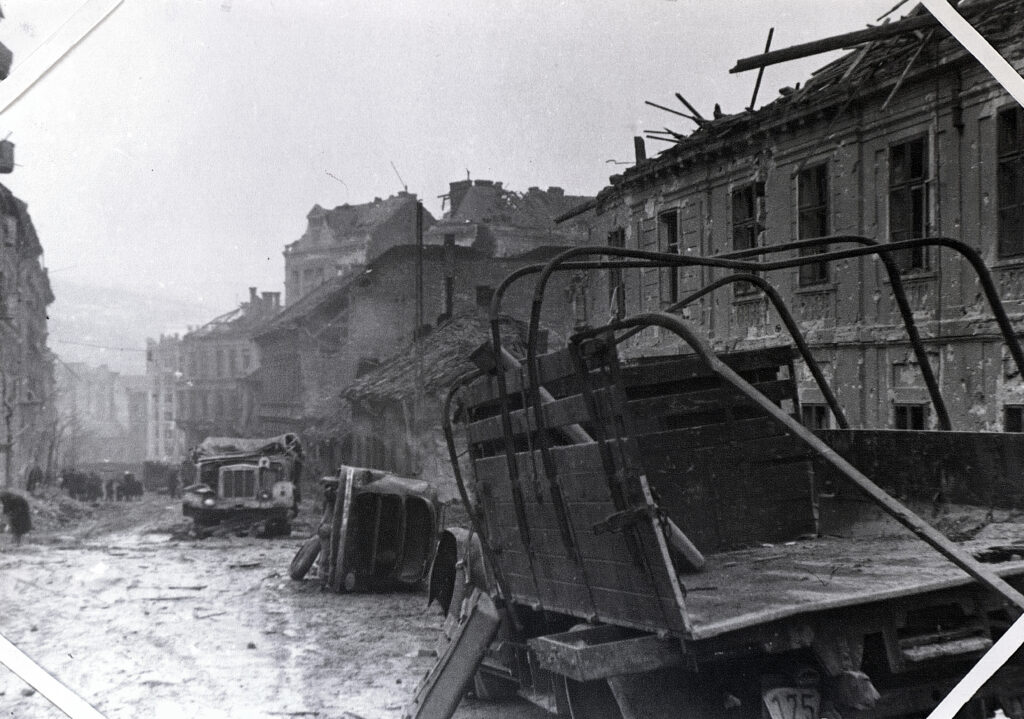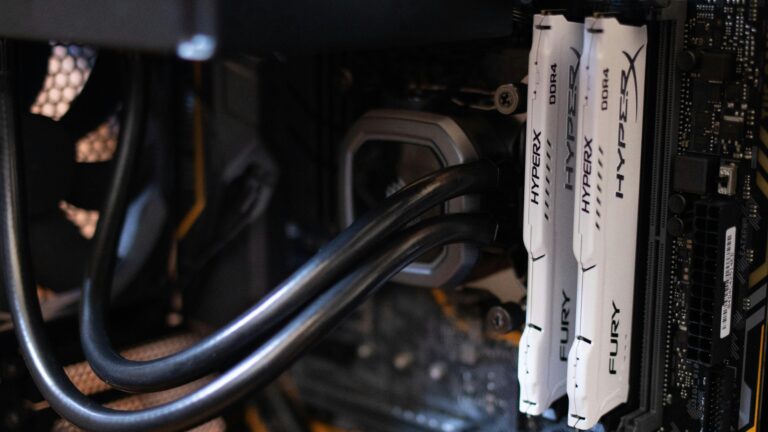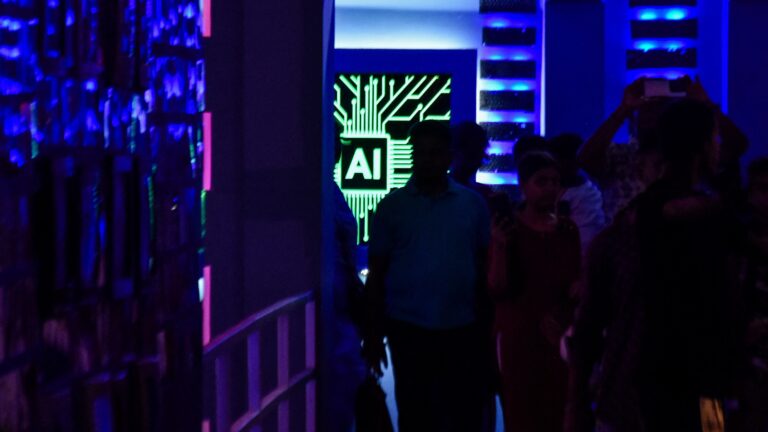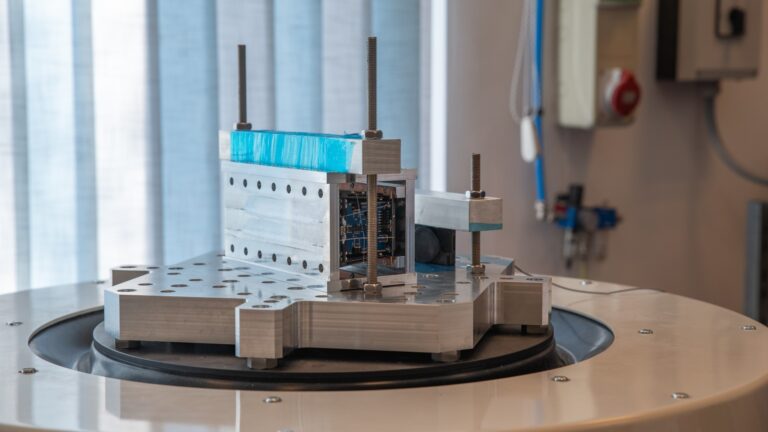A groundbreaking traffic monitoring system is being tested near Budaörs, Hungary, with the potential to improve both road safety and driving culture. Known as the Eureka Central System, the project creates a real-time digital twin of an 800-metre section of highway, enabling drivers to visualize the road environment in 3D, including areas normally hidden from view.
Developed under the leadership of Dr András Rövid, senior research fellow at the Department of Automotive Technologies of Budapest University of Technology and Economics (BME), the system was installed at this location due to its ideal infrastructure and high traffic density, allowing for a variety of scenarios to be studied.
The setup includes multiple types of cameras, radars, LiDARs, and thermal sensors that feed 1.5 gigabytes of data per second to a supercomputer at the Hungarian Public Road company’s headquarters for processing. Every vehicle is mapped into a digital twin model, which will later integrate with a mobile app for drivers. This app will not only display the real-time traffic situation from the driver’s perspective but also show hidden hazards, such as vehicles emerging unexpectedly from behind larger ones.
The system can warn drivers of accidents or risky traffic situations ahead, recommend speed adjustments, and help prevent so-called phantom traffic jams caused by chain-reaction braking. It could also improve emergency response by alerting drivers to clear the way for vehicles using sirens and lights.
Currently, the project is in its testing phase, with public release planned only after reliable operation is ensured. The current 800-metre demonstration section is expected to be expanded to 1.5 kilometres in the next stage.
Related articles:

